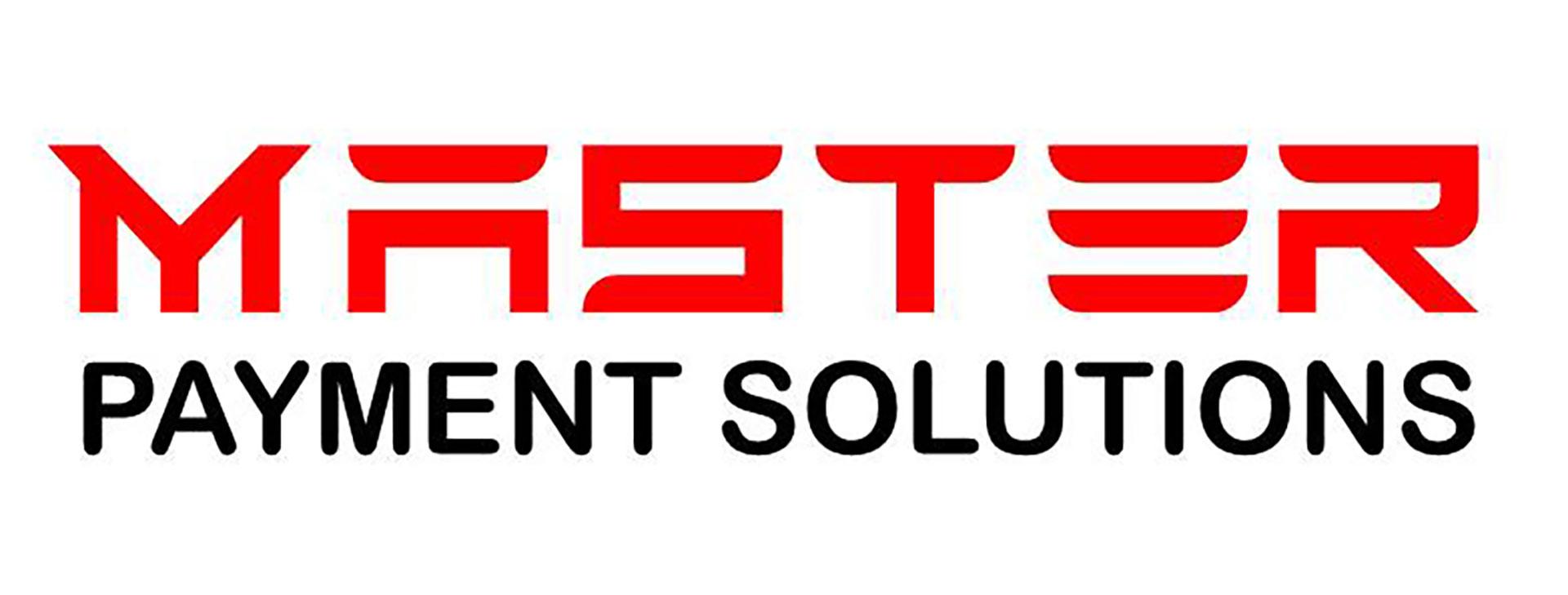By Steven Velasquez, Head and Senior Vice President of Partner Business Development – Master Payments
In recent years, there’s been a notable transformation in the key players shaping the payments ecosystem. Established models of acquiring banks are facing competition from emerging fintech and software companies eager to capture their share of a highly profitable industry. Case in point, the anticipated expansion of the global payments market is substantial, projected to increase from USD 2.57 trillion in 2023 to USD 4.31 trillion in 2028, reflecting a company annual growth rate (CAGR) of 10.88 percent.
Whether you are looking for a market entry point or planning your exit strategy, establishing a long-term payments strategy is critical for sustainable growth. The path is no longer linear with a company often falling into more than one model or embedding payments into their existing offering to provide a more holistic solution and seamless consumer payment experience. Let’s take a look at the different partner models and what they mean as your business evolves.
Building the foundation for your payments business
The payments industry is complex with rapidly evolving technology, new card brand regulations, and emerging payment types. Gaining a foothold in the industry is a smart step for those wanting to familiarize themselves with the market. In this regard, a referral partnership with an existing payments processor can build the inroads needed to gain the knowledge and experience necessary for success. With a low barrier to entry, this model provides the least amount of risk. Most referral relationships work on a fee basis per referral or a revenue share model.
Conversely, an agent program enables the business to increase revenue potential through a reseller agreement with a payments company. This model works on a revenue share structure with more responsibility lying with the agent to bring on and educate new merchants while providing day-to-day customer service. The increased scope and opportunity to scale this model lends itself as a launching pad for more complex partner types including ISOs and Payment Facilitators. It’s important to note that these businesses can also be ISVs looking to embed or integrate payments into their existing solution to provide additional revenue streams.
Investing in infrastructure to scale your business for sustainable growth
For companies looking to expand their sales channels and increase profitability, the ISO payments model provides the opportunity to be the “face” to the merchant, while still acting as a reseller of the payments company’s hardware and software services. According to TSG, there are more than 1,600 ISOs in the North American market today, representing a large share of the payments ecosystem. While this model offers more residual revenue than an agent program, it also means more responsibility – the company must register with the card brands and establish the support and sales infrastructure to compete effectively in a crowded market.
As ISOs and ISVs increase their market share, they look to “own” more of the customer experience and carry their brand forward. Enter the Payment Facilitator model. For these partners, the Payment Facilitator manages the relationship from start to finish with the payment processor in the background. They eliminate the need for a traditional merchant account by establishing sub-merchants and offering both payments and software solutions. With 300 Payment Facilitators in North America today, this model is growing exponentially, shifting the payments landscape.


